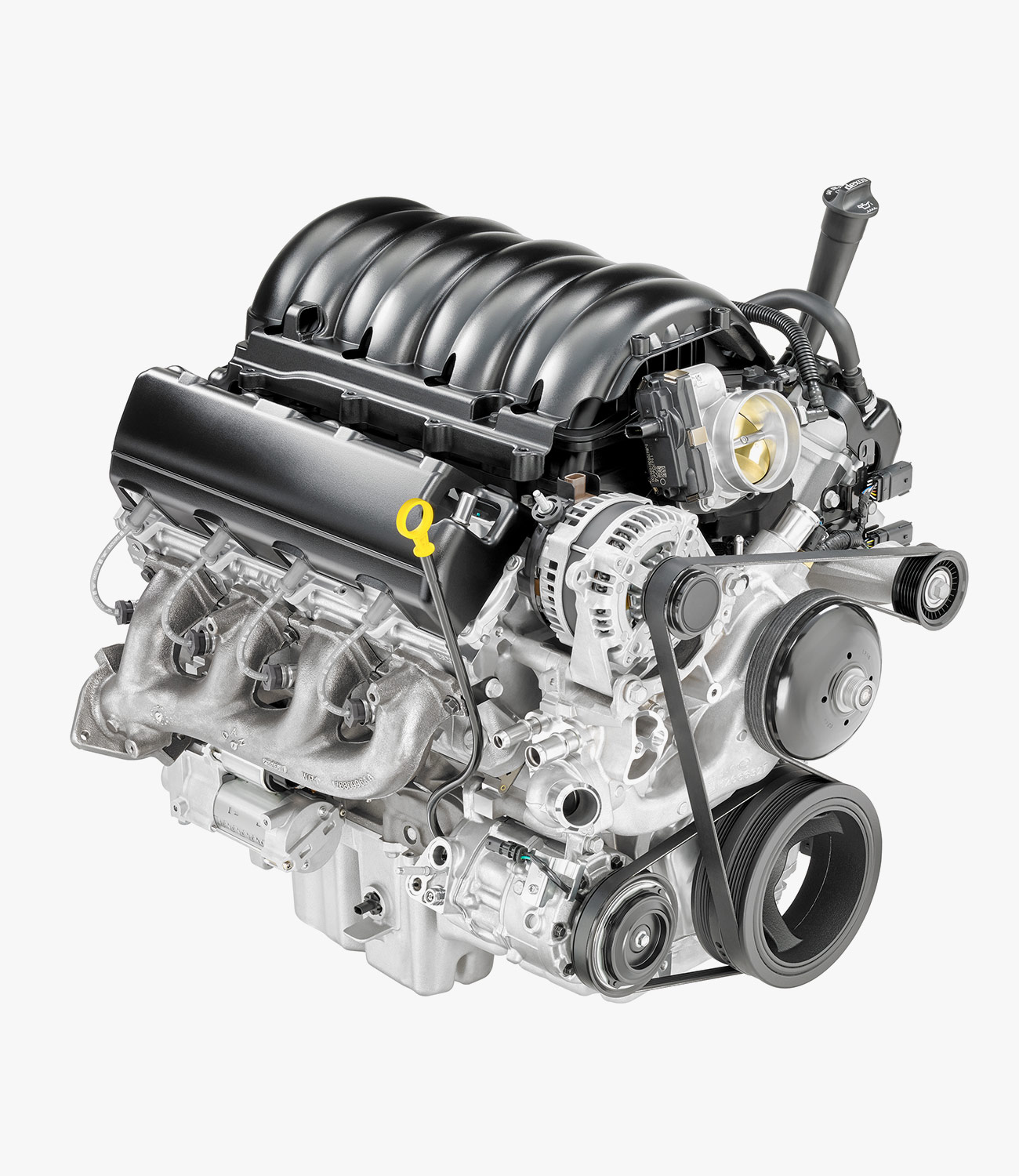Carmakers such as Cadillac, Mercedes-Benz and Lamborghini have toyed with cylinder deactivation on large engines. The concept is simple: use fewer cylinders under light loads to improve fuel economy. Producing a cylinder deactivation system that is reliable, unobtrusive and avoids bad side effects has been more complicated.
GM may have achieved that with “Dynamic Fuel Management.” The company has used “Active Fuel Management,” cutting V8 and V6 engines down to four cylinders, since 2005. DFM, in comparison, sounds like the freaking future. There are 17 different cylinder patterns. The engine can run on as little as one cylinder. Updates happen (imperceptibly to the driver) up to 80 times per second. DFM may be the finest flowering of the technology. So, it’s worth asking: Does cylinder activation do anything?
The problem stems from the task at hand. Engineers can be clever. But, they can’t defeat physics. A full-sized truck, especially when laden, is a heavy load. Moving a heavy load requires a lot of energy. Producing that energy, in internal combustion, requires a lot of gas, which means using all of the cylinders (or in Ford’s case using the Turbo). Limiting the damage at times when the engine is not burning gas at full bore can only achieve so much.

5.3-liter V-8 DFM VVT DI (L84) in the 2019 Chevrolet Silverado
GM claims a five-percent city driving improvement of about 1mpg from DFM. The total Silverado redesign for 2019 improved the 4WD version’s 5.3-liter V8 from 17mpg to a not especially mind-blowing 18mpg combined. That results in savings of about $100 per year in fuel costs. Or, it will only cost $650 more per year over the average vehicle instead of $750 per year. That tech produces more than nothing, but it’s far from segment recalibrating.
One shouldn’t trust controlled testing numbers at face value. DFM may perform better in the real-world vs. a Ford V6 Turbo w/EcoBoost than the EPA number may suggest. But, one must deploy similar skepticism to all controlled testing. Will any human driver be able to achieve the narrow operational range that saw a five percent (city) increase in efficiency from DFM, especially if doing ‘truck things’ like towing or carrying a payload?
Cylinder deactivation is sort of like ordering a Diet Coke while gorging on pizza nightly. It’s not a bad thought. It’s perhaps better on balance than ordering a regular Coke. But, it’s avoiding the glaring problem requiring a difficult change in behavior. Tweaking engine efficiency under light loads, even with cool engineering, won’t get a full-sized, pushrod V8, gas-powered truck to whatever the EPA finish line ends up being whenever it goes into effect. That’s likely to be an alternative energy source, in much fewer than 20 years.

